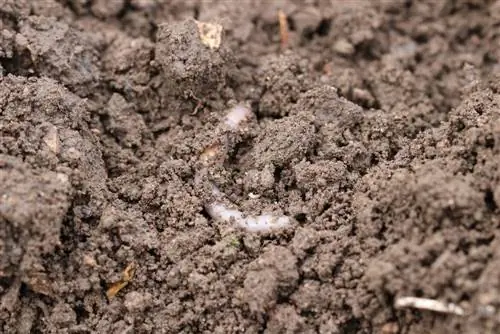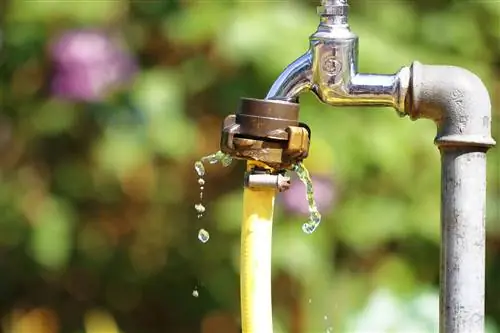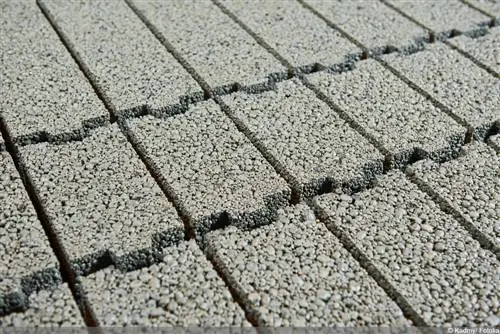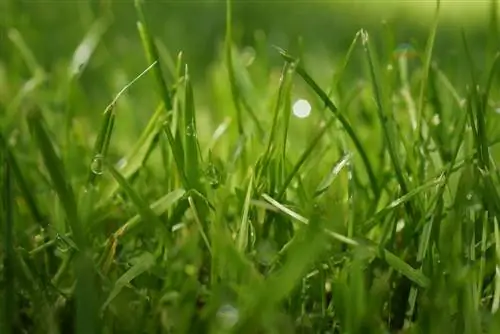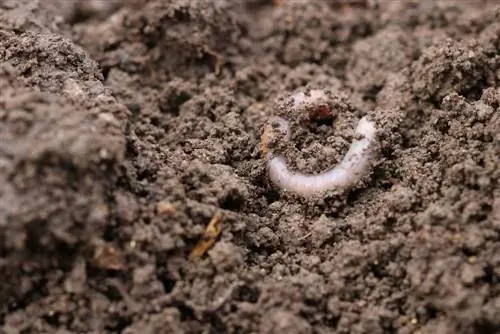- Author admin [email protected].
- Public 2023-12-17 03:39.
- Last modified 2025-01-24 12:45.
Clay soil in the garden can have its advantages and disadvantages. There are certainly plants and shrubs such as lilacs, yews and magnolias that do not mind the heavy and poorly ventilated soil. Less robust plants, shrubs and trees, on the other hand, require lighter and better aerated soil. For this reason, many gardeners feel compelled to loosen up the heavy clay soil and improve it so that it can be used widely.
Soil analysis
So that the clay soil can be effectively loosened and thus improved, you should carry out a soil analysis as a first step. This is the only way you can determine how high the clay content in the soil really is and how the compact substance can best be broken up. Ultimately, the aim is to create more fertile and, above all, more diverse soil, which significantly expands the possibilities for planting.
A soil analysis can be carried out, among other things, by the parks department, which is located locally. However, you can also find various providers on the Internet who come from the horticultural industry and therefore have the relevant experience. In both cases, a soil sample usually has to be sent in for analysis. The corresponding analysis is then carried out in the laboratory and the evaluation is sent by post. So no one comes into the garden to check the soil on site.
The local gardening association could also provide information about the condition of the soil. Many allotment gardeners have problems with the soil, so you can use their experience for your own “floe”.
The analysis not only checks the soil composition, but also the pH value. Another important aspect for later planting.
Tip:
Since a soil analysis costs money, it is always advisable to contact the local parks department first. Perhaps such an analysis has already been carried out in the area close to your own property so that the values and experiences determined there can be adopted. Otherwise, a price comparison in advance always helps.
The Digging
Heavy clay soil requires heavy work materials for loosening. The ground must always be dug up with a spade before planting. In the best case, to a depth of 20 cm. This corresponds to a generous spade length. This will ensure that the top layer of soil is sufficiently loosened to give the plants and their roots space, air and water to grow. In order to be able to break up the large clods that are inevitably created by digging, you can use a hoe, a cultivator and a rake afterwards. However, be careful not to compact the soil too much again. Ultimately, the aim is to achieve better ventilation and water absorption by digging.
After digging up and chopping the resulting clods, an organic fertilizer should be sprinkled over the ground. This can be cow dung, horse dung or similar. The layer should be at least 5 cm thick. The area with the manure is then dug up again so that the manure can mix well with the clay soil. Undermining should take place at least once a year.
October is recommended for clay soil. This month is particularly humid and the frost has usually not yet set in. In addition, the harvest, apart from the winter vegetables, should already have been harvested. If you decide to dig in the fall, this has a decisive advantage. The frost can penetrate the soil easily and loosen it in a natural way. Through the so-called frost cooking, you give your soil an additional opportunity to recover and loosen up in a completely natural way.
Tip:
You can always get good crap from the farmer around the corner. They will also be happy to deliver the manure so that you don't have to worry about transporting the often unpleasant-smelling material.
The additional treatment
After evaluating the soil analysis, a decision must then be made as to how the heavy clay soil can be further treated. Compost soil, gravel, sand or other coarse and always natural fertilizers can be added as additives. The denser and heavier the soil, the more needs to be done.
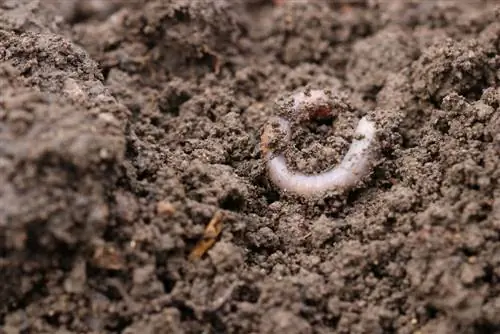
Note:
Flowers are happy when ripe compost is mixed into the clay soil. Lawn, on the other hand, grows particularly well on a sand mixture. And if you want to grow vegetables, then additional green manure should be used.
Gravel, for example, regulates the water balance very well. The same applies to sand. Both materials create air pockets in the earth in which water can collect. The plants can then easily use themselves there. With natural fertilizers such as compost, you provide your plants with important nutrients that promote the growth process. In addition, the compost can be stored in the soil for longer. The nutrients in it are therefore available over a long period of time.
Tip:
A very heavy and firm clay soil can easily tolerate a larger portion of gravel. This must be dug under until it is well mixed with the ground. Carrots, beets or other plants with thick roots are particularly happy about this soil mixture.
Frequently asked questions
What materials are needed for heavy clay soil?
A spade is required to work the soil and, if necessary, a hoe to break up the large clods of earth. To improve the soil, natural fertilizer or gravel should be used. Lime can also be helpful if the pH value is unfavorable.
How often does the soil need to be tilled?
As a rule, one processing per year is recommended. October is particularly suitable for digging up clay soil. The soil can benefit from the so-called frost fermentation in winter, which makes the soil finer-grained and therefore lighter.
What to do if nothing works anymore?
If the floor is so heavy that all the measures previously attempted have had no or very little effect, then the floor may have to be replaced. To do this, the top layer must be removed and replaced with topsoil.

